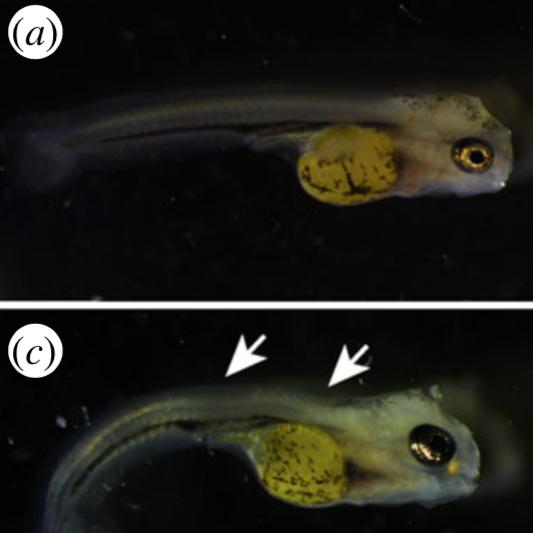Life finds a way. But that doesn't mean it's always easy.
The most inhospitable places on the planet usually host some sort of life, from the super-hot hydrothermal vents on the ocean floor to the ice of Antarctica. While not as extreme, caves are also quite inhospitable. Complete darkness serves as a harsh restriction on what can survive there.
Most of the organisms that do survive in caves and other dark places have developed strange adaptations. Perhaps the most famous is blindness. Why waste precious energy and resources developing eyesight if it's useless? Some animals that choose this strategy have eyes, but they don't work well. Others, such as cave dwelling species of spider, fish, and shrimp, don't have eyes at all.
Despite life's ingenuity in colonizing hostile environments, relatively few species have successfully done so. If blindness, for example, was an easy adaptation, we would expect to find many different kinds of fish in caves. But we don't. Only a few species can survive in caves. Why? New research published in the journal Biology Letters suggests that permanent darkness may cause detrimental physical abnormalities in developing embryos.
The authors raised 120 embryos of Midas cichlids, a type of fish, in a 12-hour light/dark cycle or in permanent darkness. Sixty fish were placed into each condition.
The first thing the authors checked was mortality. Oddly, the fish raised in the normal light/dark cycle displayed higher mortality than those raised in permanent darkness, but the difference was not statistically significant. Second, of the survivors, the authors examined their physical development. Here, they observed a huge disparity: 28 of 28 fish in the light/dark treatment developed normally, while 36 of 37 fish in permanent darkness developed spinal abnormalities. (See upper left image.)
Why exactly that should happen is unknown. The authors hypothesize that a lack of light disrupts melatonin secretion, which in turn disrupts normal embryonic development. Regardless of the mechanism, their data suggest the reason why so few species have been able to adapt to a life of subterranean darkness: Physical deformity prevents successful colonization.
Source: Julián Torres-Dowdall, Nidal Karagic, Martin Plath, Rüdiger Riesch. "Evolution in caves: selection from darkness causes spinal deformities in teleost fishes." Biology Letters 14 (6): 20180197. Published: 6-June-2018. DOI: 10.1098/rsbl.2018.0197




